You may have heard about this rifle caliber, the 6.5 Creedmoor, and maybe it sparked your interest to have it on a wish list or maybe to think about purchasing a rifle chambered in this caliber. Ever wonder why this new caliber has become so popular in the rifle world in such a relatively short span of time? Here’s my story about the 6.5 Creedmoor, Ruger’s rifles and my journey to shoot this accommodating caliber.
Sponsored by Ruger
David Tubb is one of the winningest competitive rifleman in history. He won eleven NRA National High Power Rifle Championship titles, won nearly 30 open, individual National Championship titles in all four rifle categories of the NRA Silhouette Rifle competition. David also has won seven Sportsmen’s Team Challenge Championships along with six NRA Long Range Rifle (600-1000 yd.) National Championships, as well as twice winning the Wimbledon Cup. In 2000, he created a rifle called the Tubb 2000 (T2K) and its accompanying cartridge, the 6mm XC.
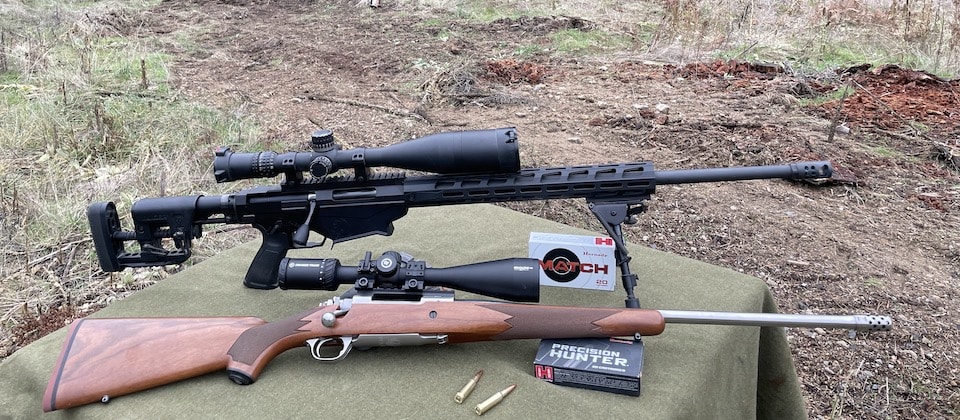
The 6mm XC is a “wildcat” cartridge now manufactured by Norma, and used by Tubb and by Dennis DeMille, a rifle competitor who used the cartridge to win the NRA National High Power Rifle Championship twice. In 2005, DeMille was the general manager of Creedmoor Sports where the T2K was sold. During competitions, DeMille would often be approached by other competitors with problems encountered with the T2K 6mm XC. Published handloading data for the 6mm XC did not exist. Inexperienced handloaders attempting to recreate the round or loading it too hot had trouble with blown primers and broken parts they often blamed on the rifle bought from Creedmoor Sports. Naturally, this caused DeMille great frustration. He and his friend, Dave Emary, senior ballistician for Hornady, discussed these issues and Emary had DeMille come up with a list to remedy the problems with the cartridge. The list included a high ballistic coefficient, recoil less than a .308, a standard .308 magazine length, a price comparable to a .308, low enough velocity to not a barrel burner, the reloading recipe to be printed on every box and the use of readily available components and non-proprietary powders. In 2007, Hornady created the 6.5mm Creedmoor from this list and introduced the cartridge to the long-distance rifle competition world. The cartridge was successful in this arena, and rapidly evolved to become a popular hunting cartridge.
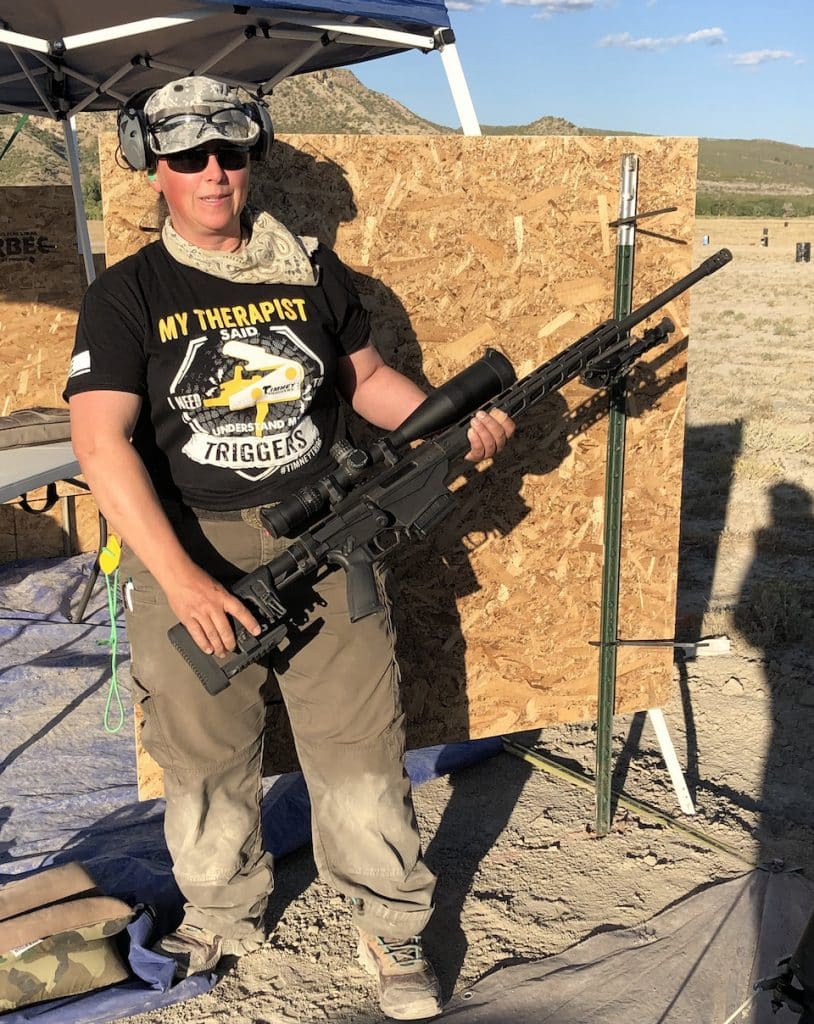
The name “Creedmoor” is a reference to the Creedmoor Rifle Range. In the year 1872, the New York legislature and the newly formed National Rifle Association (NRA) acquired 70 acres of land from the Bernardus Hendrickson Creed farm by for the purpose of long-range rifle competitions. The British and Irish settlers referred to the terrain as “moorlands,” after the moors they knew in the British Isles. The NRA organized annual international rifle matches at the Creedmoor Range, from its establishment in 1873 until 1891. At that point, the matches moved to a National Guard Camp in New Jersey.
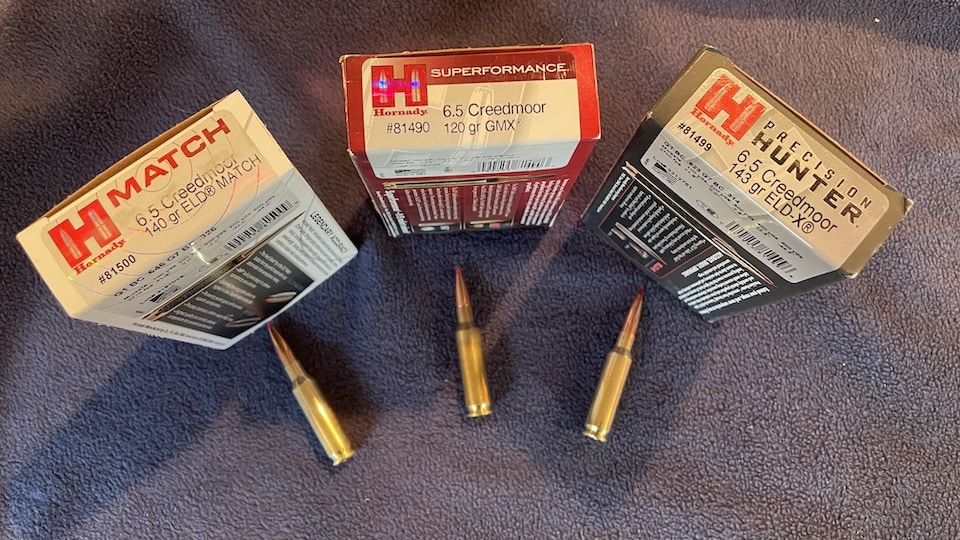
What sets the new 6.5 mm bullets apart from most bullets of other calibers is their high ballistic coefficient, abbreviated as BC, which one may consider a measure of the bullet’s flight efficiency. A projectile with higher BC has less air drag than bullets with lower BCs, and bullets designed for the 6.5 Creedmoor cartridge have high BC because of their well-designed combination of length, diameter and shape. This allows them to travel farther downrange before their speeds begin to slow to subsonic.
The ability to remain at supersonic speeds longer means high BC projectiles get downrange faster than ones with lower BCs, which also means that air drag, wind deflection and gravity have less time to act on the high BC projectiles. Therefore, they fly straighter and farther.
Unlike many centerfire rifle cartridges, 6.5 Creedmoor bullets, as loaded in most factory ammo, retain supersonic velocity beyond 1000 yards. This distance of travel prior to slowing to a transitional velocity between supersonic and subsonic varies with every different style and weight of bullet, but most rifle bullets are designed to only remain stable at supersonic velocities. During transitional velocities, drag increases at a higher rate than the velocity is decreasing. This is important in many ways, with wind deflection being one of them. Wind deflection is not solely determined by the time of flight of a projectile, but also by the loss of bullet stability during this transition to subsonic velocity. An unstable bullet is more severely affected by wind deflection (and air drag).
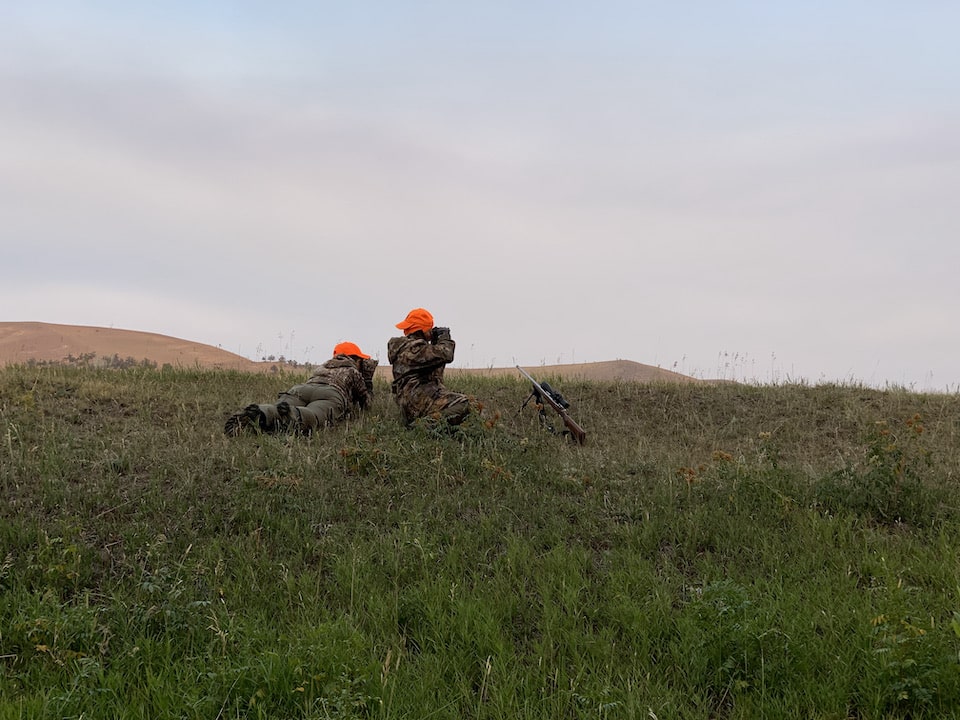
The 6.5mm Creedmoor is not the “flattest” shooting nor the most powerful cartridge available, but its high BC, combined with relatively low recoil in guns that chamber it, make it a good choice for shrinking groups on paper, ringing steel at long distances or harvesting game animals. A bonus for any shooter!
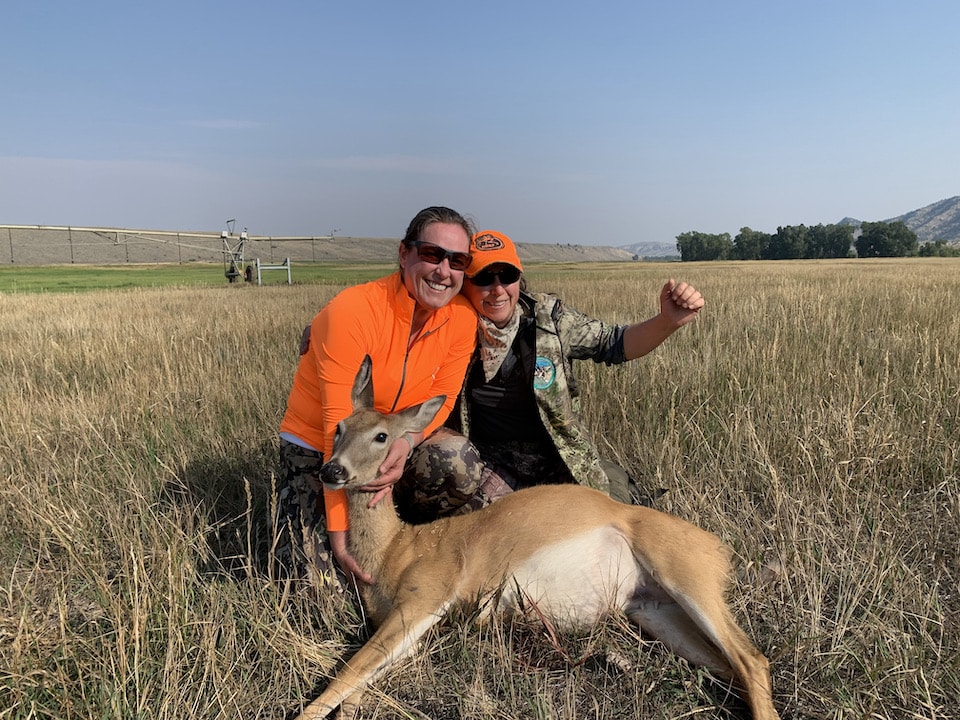
My introduction to this rifle caliber parallels the path it took into the rifle world of today. I bought my first 6.5mm Creedmoor chambered rifle for the purpose of long-range target shooting. My goal was seeking to improve my 1000-yard consistency by achieving Minute of Angle (MOA) accuracy with a relatively affordable shooting system. Not having the time or space to learn handloading, I needed off-the-shelf, accurate, reliable factory ammunition. In addition, I had no desire to spend a week needing to wear an ice pack on my shoulder after getting beat up from the recoil effects of spending a day or weekend event at the range shooting a variety of .30 caliber magnums or a .50 BMG (other calibers capable of utilizing high BC projectiles).
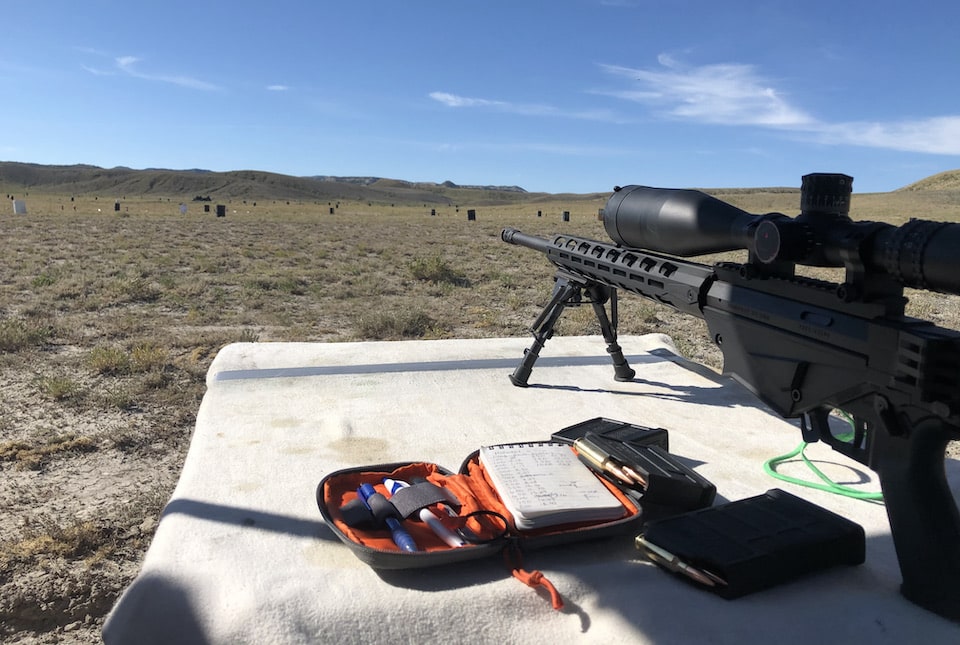
For me, the Ruger Precision Rifle chambered in 6.5mm Creedmoor checked all the boxes. My shoulder and jawbone welcomed the change. My results down range quickly improved. I could spend more time on the behind the trigger working on fundamentals, building skills and ringing more steel at longer distances comfortably, instead of recovering from recoil induced pain and muzzle blast headaches.
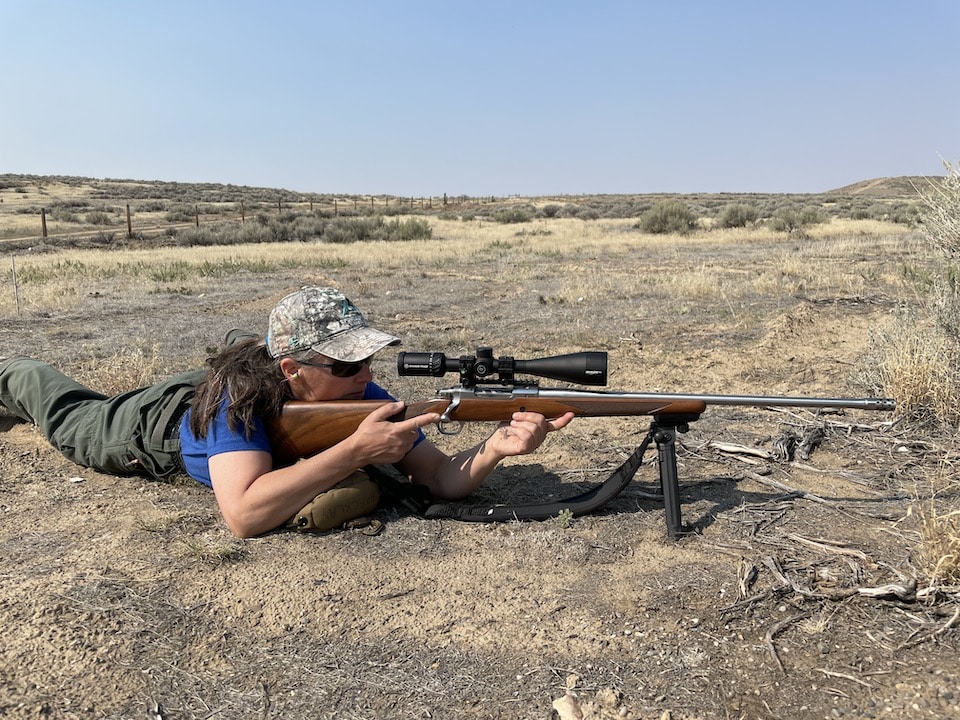
Over the last several years, I have switched gears with rifle shooting and introduced myself to hunting. This change opened a new world to me of the practical application of ballistics transferred to ethical harvesting of wild game animals. I recently had the opportunity to apply this knowledge on a whitetail deer hunt in Wyoming, where I put a Ruger Hawkeye chambered in 6.5mm Creedmoor though the paces. Dialing in the rifle with the familiar sub-MOA accuracy, consistency and reliability of the cartridge while preparing for the hunt gave me a confidence boost as a rookie hunter heading into stalking deer. This was my first experience hunting with the 6.5 Creedmoor cartridge, and it performed flawlessly. In addition to the deer I harvested, I loaned the rifle to another hunter who also harvested a deer on the same day; combined, we fired two rounds on the hunt. Each kill was a one-shot drop. For me, it was an impressive first hunt with the 6.5 Creedmoor.
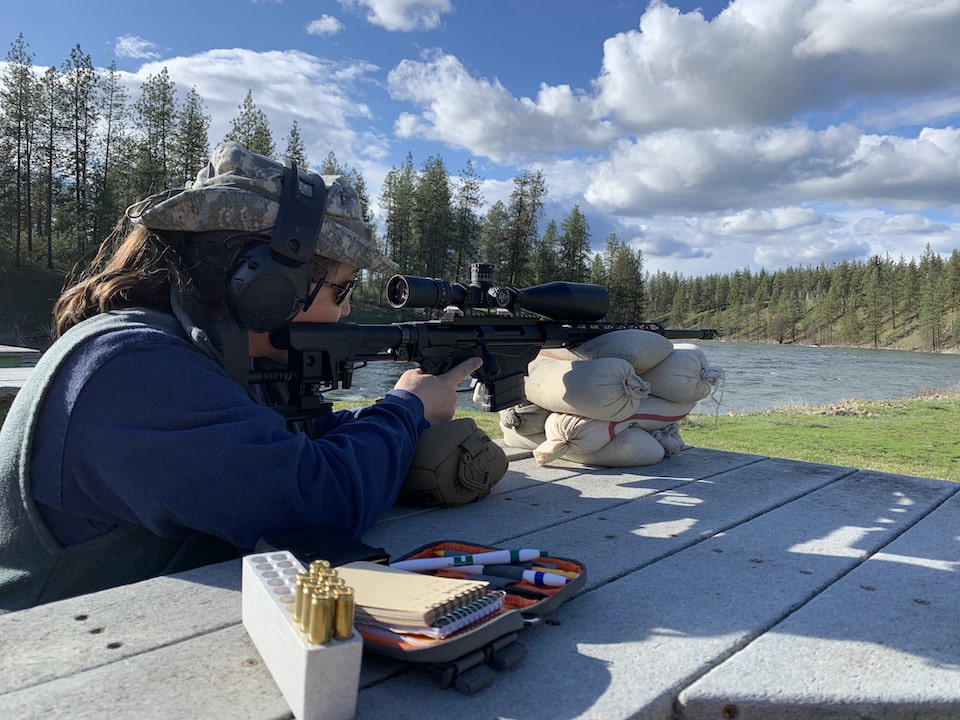
I always look forward to spending time at the range with these two Ruger rifles. I also enjoy using them to introduce new rifle shooters to the sport. It is much easier to break down the complexity of rifle shooting concepts to students at the range with rifles that are accurate and that don’t beat them up. The consistent performance of both rifles, paired with the accuracy and low recoil of the 6.5mm Creedmoor, combines to make a recipe for building success across multiple rifle shooting disciplines.
Jen Barcklay is a retired civilian field helicopter mechanic with a lifelong fascination with anything that goes boom. She has been blessed to be able to help others by spending most of the last 20 years involved in firefighting and EMS operations in various locations around the world. She is also a US Army veteran. In 2009, Jen survived a life-changing traumatic brain injury, which she was fortunate to overcome, and has made significant progress in recovery. Since then, she has relearned the ability to shoot, discovered hunting and realized how important an outdoor lifestyle is to aid in healing and rebuilding a new life. Jen enjoys sharing her knowledge with others as an NRA certified rifle instructor. One of her favorite activities is long range rifle shooting. Jen believes every new day is a gift to explore, discover, and learn more. View all posts by Jen Barcklay